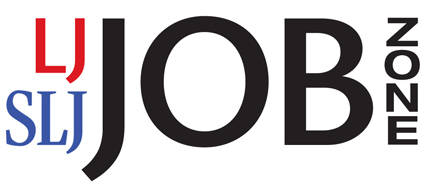NISO and OAI Publish American National Standard on ResourceSync Framework Specification
Released today by the National Information Standards Organization (NISO) and the Open Archives Initiative (OAI).
NISO and OAI announce the publication of the ResourceSync Framework Specification (ANSI/NISO Z39.99-2014)—a new American National Standard for the web detailing various capabilities that a server can implement to allow third-party systems to remain synchronized with its evolving resources. The ResourceSync joint project, funded with support from the Alfred P. Sloan Foundation and Jisc, was initiated to develop a new open standard on the real-time synchronization of web resources.
“Increasingly, large-scale digital collections are available from multiple hosting locations, are cached at multiple servers, and leveraged by several services,” explains Herbert Van de Sompel, Scientist, Los Alamos National Laboratory, OAI Executive, and Co-chair of the ResourceSync Working Group. “Since Web resources are continually changing, this proliferation of content yields the challenging problem of keeping services that leverage a server’s evolving content synchronized in a timely and accurate manner. Our two-year collaborative effort resulted in a specification that can be used to meet this challenge for a wide variety of use cases. This was possible by devising a modular specification and by grounding it in protocols that are already widely adopted.”
“The OAI Protocol for Metadata Harvesting (PMH) 2.0 specification can be used to effectively synchronize the metadata about resources,” states Simeon Warner, Director, IT Application Development, Cornell University, “but synchronizing the resources themselves was never specified. Although some resource synchronization methods exist, they are generally ad hoc, arranged by the individuals involved, and cannot be universally deployed. This new specification fills that void.”
“The ResourceSync specification introduces a range of easy to implement capabilities that a server may support to enable remote systems to remain more tightly in step with its evolving resources,” explains Michael L. Nelson, Associate Professor, Old Dominion University Computer. “It also describes how a server can advertise the capabilities it supports. Remote systems can inspect this information to determine how best to remain aligned with the evolving data. All capabilities are implemented on the basis of the document formats introduced by the Sitemap protocol. Capabilities can be combined to achieve varying levels of functionality and hence meet different local or community requirements.”
“We expect this new standard will save a tremendous amount of time, effort, and resources by repository managers through the automation of the replication and updating process,” states Todd Carpenter, NISO Executive Director. “The end result will be to increase the general availability of content in web repositories and alleviate the variety of problems created by out-dated, inaccurate, superseded content that exists on the Internet today.”
Direct to Full Text: ResourceSync Framework Specification HTML ||| PDF
Additional Materials
Slide Presentation by Herbert Van de Sompel
Filed under: Archives and Special Collections, Data Files, Digital Collections, Interactive Tools, News, Open Access
About Gary Price
Gary Price (gprice@gmail.com) is a librarian, writer, consultant, and frequent conference speaker based in the Washington D.C. metro area. He earned his MLIS degree from Wayne State University in Detroit. Price has won several awards including the SLA Innovations in Technology Award and Alumnus of the Year from the Wayne St. University Library and Information Science Program. From 2006-2009 he was Director of Online Information Services at Ask.com.


